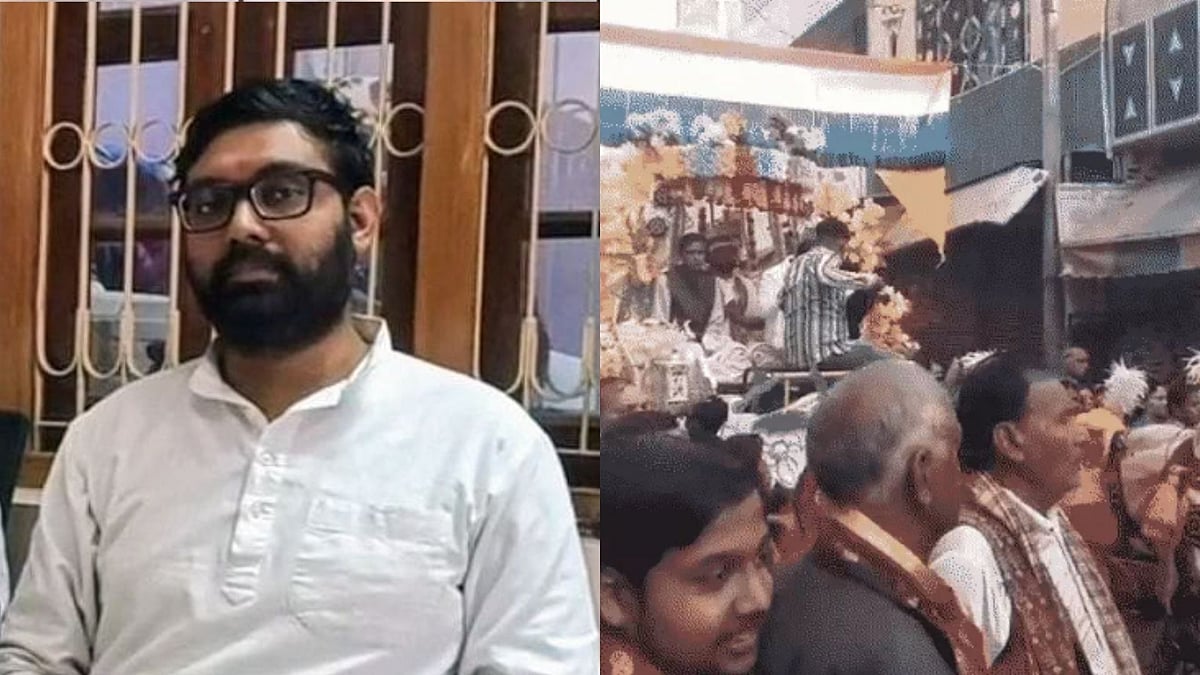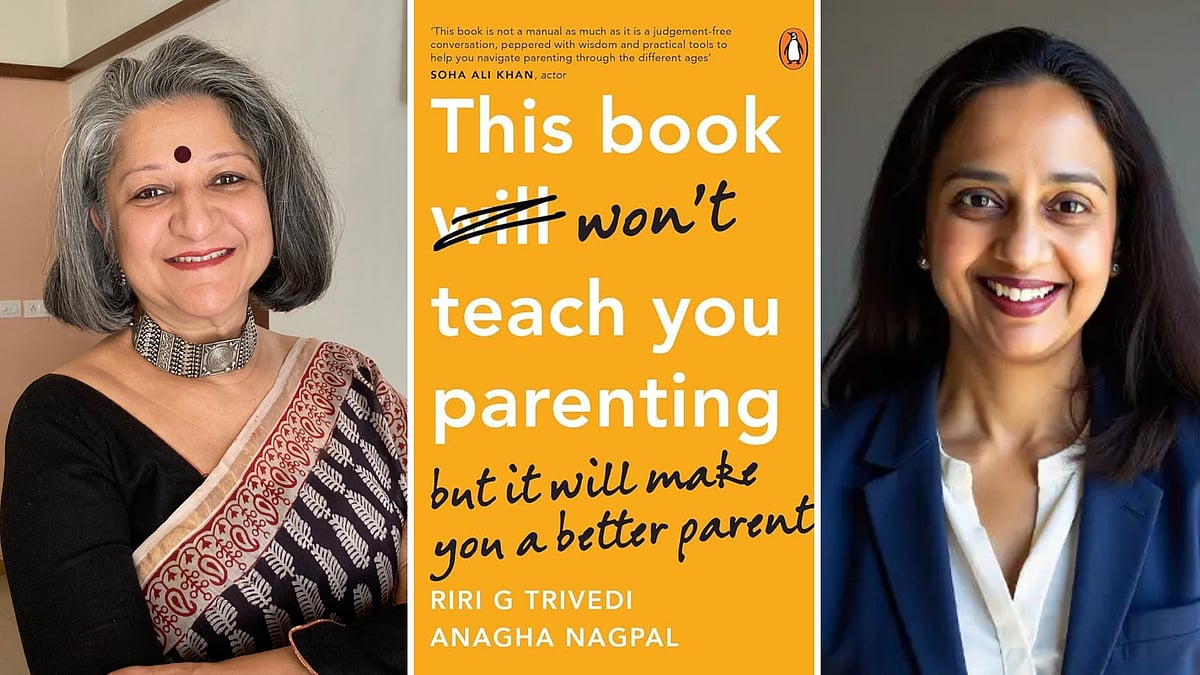Book : Things To Leave Behind
Author: Namita Gokhale
Penguin Viking p.p. 302
Of Love and Longing
I regret that I have never read anything written by Namita Gokhale although I have always been familiar with her name. I especially regret not having read the two early books of her Himalayan trilogy of which the present chronicle is the final one set in three parts it is based in that beautiful land of Kumaon during the heyday of the Raj, that is 1840 to 1912. It tells the story of six women, all inter-related and yet so different.
Ms. Gokhale did some deep and pretty thorough research of the territory, its period in history, its people and their belief in caste, religion and customs. While reading this historical but fictional novel, I was awed by her success in her quest for knowledge of that northern Indian land. I was also impressed to realise that there was familiarity reigning in different parts of India as I recognised local words and rituals that were also common to my own part of the country.
In keeping with that British period, Ms. Gokhale has kept to the spellings of words and places to give the subjects an authentic mood and historicity. So much to read, so much to learn: the caste systems of Kumaon; the Gurkha wars; the racism of the Brits I wished that part of the book would never stop.
Through all this staging of history, there is a vague story. There is Tilottama, her rebellious uncle Badri Dutt who was executed by the drunken hangman Daniel Massery during the 1987 muting and more, but too much to recount here.
The second part of the book, called Modern Times, has a love story and more northern history, and then Tilottame’s marriage to Nain Chand when “sex entered their lives only gradually. It announced itself in a studiously casual touch or an entangled leg at bedtime”.
This, I think is when the writer lost touch with what she had set out to write. The book became almost lightweight, almost as if Ms. Gokhale wasn’t sure which way she wanted to go.
Between this part and the final part three, so many new characters are introduced, almost haphazardly and sometimes almost like an afterthought. Current events sometimes catch up with the unplanned fiction. On the fictional side, there is Jayesh who returns from his life in Bombay to do good for his homeland. He arrives at the leprosarium run by Christian missionaries, where he meets blue eyed golden haired Rosemary, and its love at first sight. They fall in love, and when she pierces her finger from white and her, an Indian, during the Raj, licks her blood, and no one protests. And, then, sooner or later, he converts to Christianity and is re-named Jonas. And he marries Tilottama’s light-haired, light eyed albino daughter, Deoki, who also converts and is called Diana.
Oh yes, an American painter called Dempster comes calling and he and Deoki fall in love and he paints her nude (and then clothes her for fear of public comment!) before he says goodbye and leaves. How could I also forget? Rosemary has a sister who was ambitious and met an American millionaire and at first meeting at the leprosarium begs to taken away and of course he marries her, and they go to America and live happily everafter.
What happened to these early chapters where I learned so much about the lives and loves of Kumaon; which reader was this book written for? Was the author in a hurry to finish the trilogy ? It could have been such a good read, alas.









